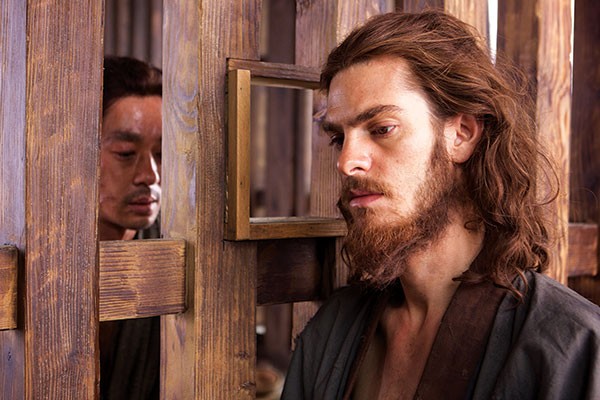Rating: 2/5
Silence is Martin Scorsese’s latest offering, it’s about two priests (portrayed by Andrew Garfield and Adam Driver) who travel to 17th century Japan to find out what happened to their mentor (Liam Neeson) and help spread the Catholic faith.
I could tell from the very beginning that this was going to be a serious film; there was no music in the opening studio credits, only really serious films do that. Also, the entire movie is tinted blue and grey, making you feel like the colour yellow never existed and that the 17th century was made up entirely of cold looking rocks.
I wasn’t really a fan of Martin Scorsese to begin with (please put down your pitchforks), but wow this film was really long and really boring. If you want a movie about priests having their faith repeatedly tested, while people die violently around them for nearly three hours, then this is the movie for you. I can’t technically fault this film, as the cinematography and acting were both spot on, but it still just dragged and dragged, and like most moral religious debates reached no ‘point’, but rather brought up various facets of faith in a circular manner until the movie ended. Maybe this was the point? In the absence of God’s voice we are just left to meander through faith and ethics until either we die or the overly long movie ends. I don’t know, and quite frankly I was so unengaged that, if that was the cinematic intention, it failed miserably.
I also thought that, for a historical drama, the film lacked depiction of Japanese culture and historical perspective. They could have easily taken away 25 percent of the shots of Andrew Garfield looking like someone kicked his puppy into the sun and given us more context of the country, in order to feel more connection to the plight of the Japanese Christians.
So, if you want to be bummed out watching iffy themes of faith for three hours, you should watch Silence.



